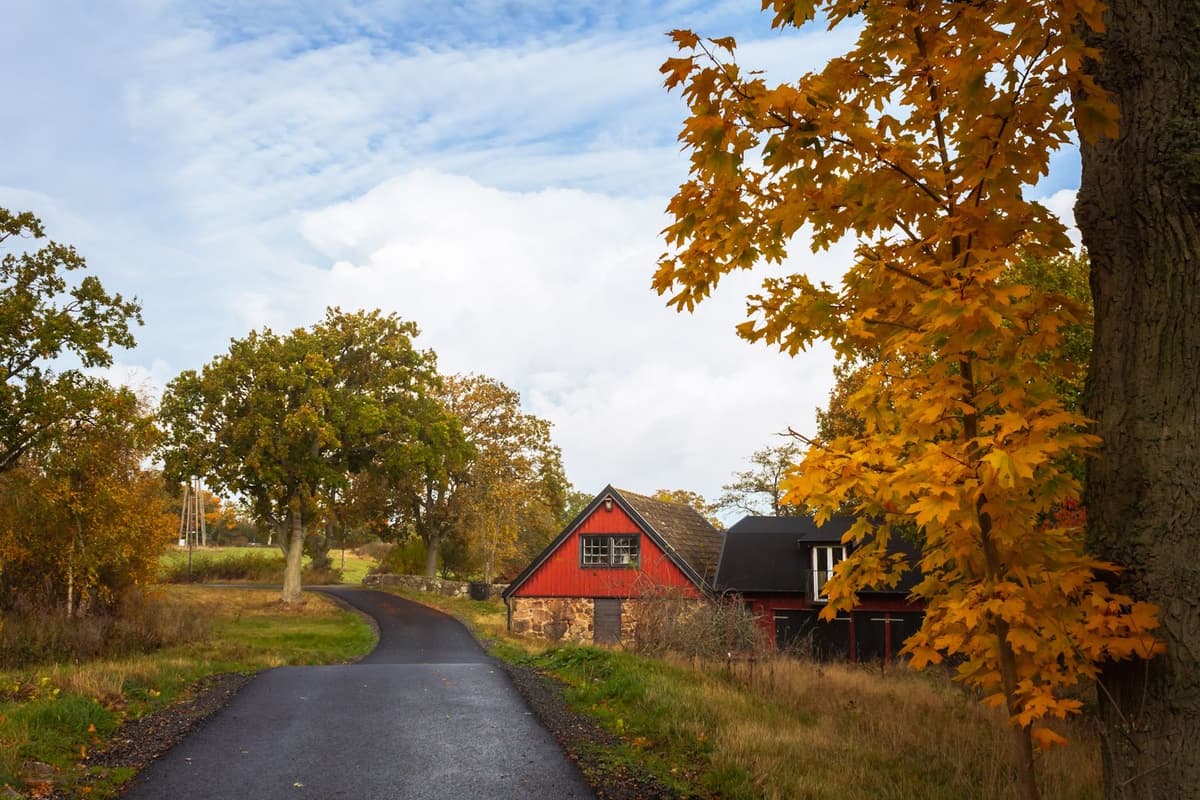How Falu red was born
The story of Falu red dates back to the 16th century. At that time, the king of Sweden had aspirations of giving his castle a magnificent copper roof to mimic the grand castles of Europe. However, even for the Swedish king, a copper roof was too expensive. The solution? Use a pigment from the Falu mine to paint the roof a copper-like shade. This clever workaround sparked a new trend across the nation.
Falu red became a symbol of wealth
Painting buildings red became a way to project an image of wealth. Not only did the pigment mimic the copper the king could not afford, but it also reminded Swedish nobles of the stately brick buildings seen throughout Europe. Soon, red-painted homes and barns became a sign of wealth and fortune.
History of Falu red
By the late 18th century, thanks to industrial advancements, the Falu mine was able to increase its pigment production. This made Falu red more accessible to the general public. The color’s popularity continued to grow - not just for its appearance but also for its practical benefits - and it was discovered that Falu red paint preserved the wood, making houses last longer.
From the 19th century onward, as new homes were built, they were often painted in this distinctive shade. Over time, Falu red became a symbol of Sweden itself, a tradition that endures to this day.
Sources: Falu Rödfärg





